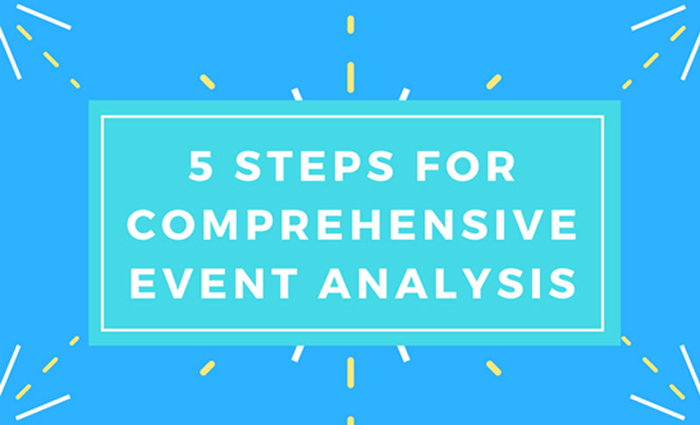April 2018 Newsletter

Greater News
Upcoming Free Webinars
- 4/5 – How to Raise More by Creating Scalable Fundraising Systems
- 4/11 – Tax Reform: Impacts on Nonprofits and Giving
- 4/12 – Fundraising Silent Auctions: It’s the items!
- 4/19 – How to Dramatically Broadcast Your Impact with Facebook Live
- 5/3 – Events in a Digital Age – Maximize Offline Events in an Online World
- 5/10 – “Best Of” Digital Fundraising Examples: 45 Slides in 45 minutes
- 5/24 – 10 Email Fundraising Elements Learned from 218 Real Experiments
Resource Roundup
- Complete Guide to Creating Engaging Short Videos for Social Media
- 10 Must Know Stats About Online Fundraising
- Capturing Email Addresses Online – Better, Faster Smarter
- 22 Must-Read Research Reports for the Nonprofit Sector
- Using Your Strategic Plan to Make Better Communications Decisions
- Leadership: The Law of Thirds
Latest from Greater Nonprofits
- 7 Criteria for Designing an Effective Nonprofit Fundraising Event
- Selective Raffles and Other Fundraising Enhancers for Your Events
- 5 Steps to Comprehensive Event Analysis
- Free Event Analysis Tool
- Top 6 Nonprofit Job Sites for Fundraising Professionals
Services Offered by Greater Nonprofits
“Our Dreams Give Us Hope For Our Future, But They Also Empower Our Present.”
– Lolly Daskal, Leadership Expert
@lollydaskal




